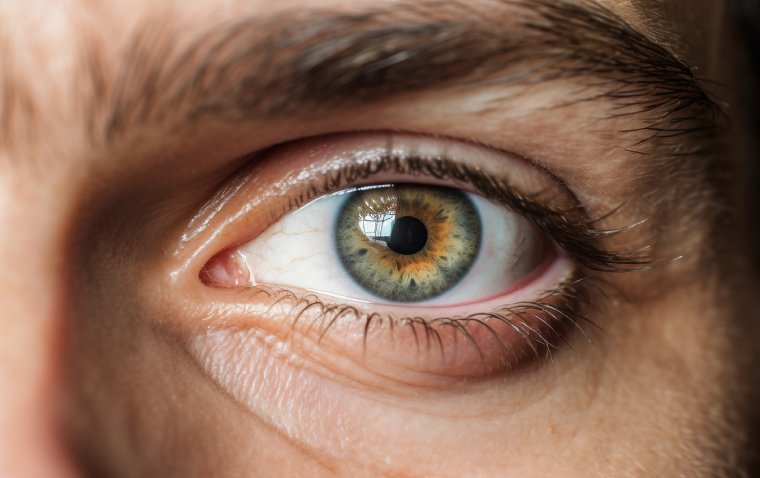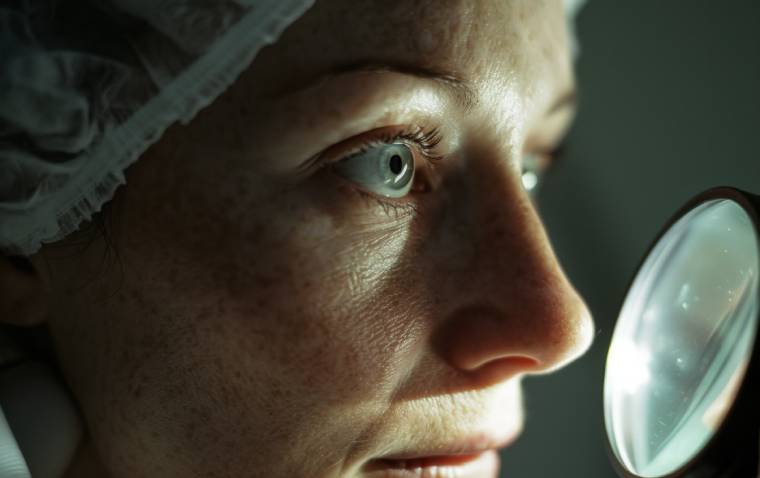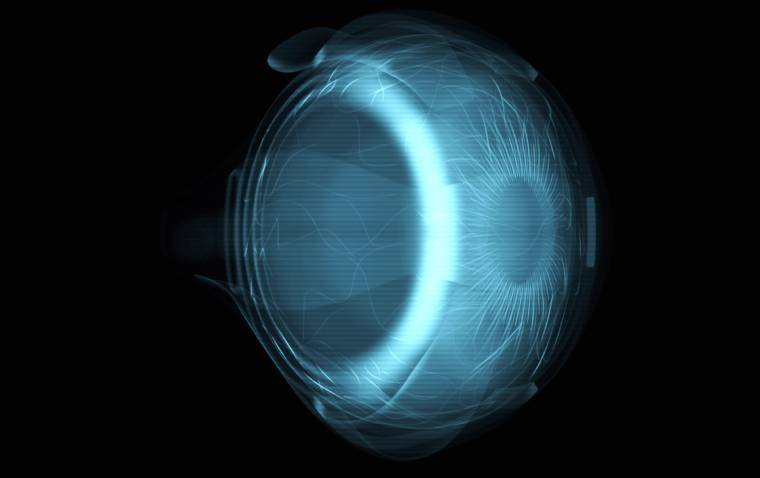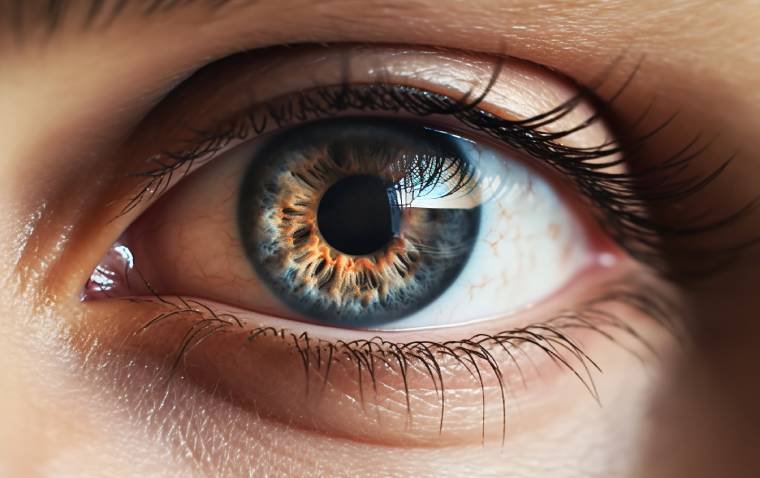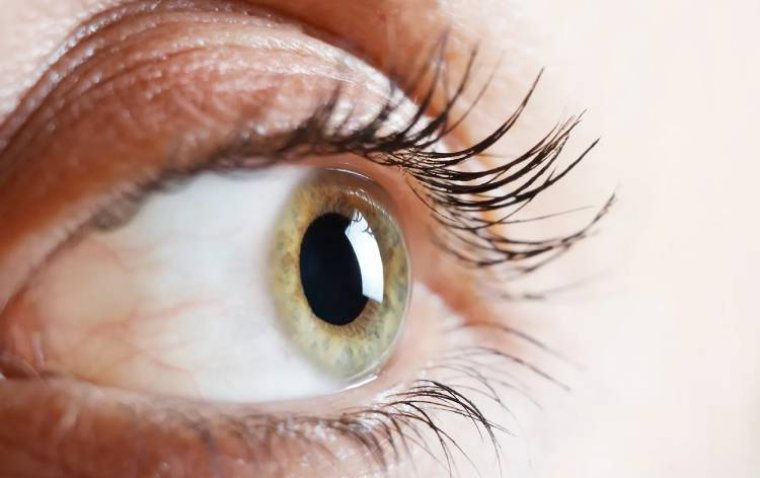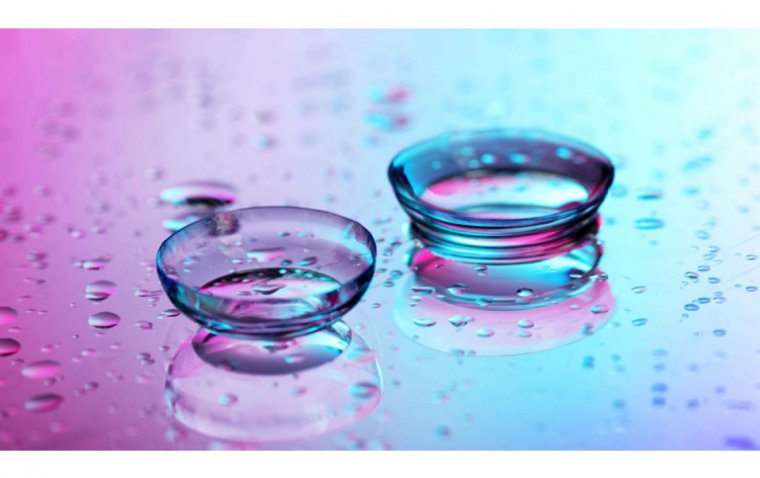
Scientists Develop Low-Cost Contact Lenses for Color Blindness
A study recently published in Macromolecular Materials and Engineering has revealed that researchers at Khalifa University in the United Arab Emirates, including Ahmed Salih and Haider Butt, have developed contact lenses that can filter light to improve color blindness. The lenses were created using advanced 3D printing and a cost-effective dye.
Color blindness is a hereditary condition with no known cure that affects the ability of individuals to distinguish between colors, shades, or brightness. It is more common in men than women, with a prevalence of two out of every 100 people.
People with color blindness can face challenges in their daily activities, such as difficulties in selecting food and clothes, identifying transport signals, and detecting changes in skin color. Certain professions that require color distinction, such as designers, pilots, or doctors, can also be challenging for those with color blindness.
Understanding Color Blindness
The human eye detects electromagnetic waves ranging from 400 to 700nm in wavelength, which make up the visible spectrum for color-based vision. Microwaves and X-rays are not detected by the eye, as it only responds to visible light.
Cone cells or photoreceptors allow for observation of colors within the visible spectrum, with the human eye having photoreceptors for blue, green, and red light. Other colors are detected by combinations of two or more photoreceptors, such as red and green cones for perceiving yellow. However, in individuals with color blindness, photoreceptors are either missing or defective, leading to a distortion or inability to observe certain colors.
Patients with color blindness often use tinted glasses or contact lenses to manage their condition by filtering out problematic colors and making them more distinguishable. According to Ahmed Salih, this strategy works by absorbing light of specific wavelengths and allowing patients to perceive colors in more perceivable shades. However, these wearables can be expensive and may still prevent some patients from passing color vision tests.
To overcome these limitations, the team at Khalifa University attempted an alternative approach to manufacture color blind contact lenses that maintain high quality and functionality while reducing production costs.
Low-Cost Lens Production with MSLA Technology
In the creation of the color blind contact lenses, the scientists used a biocompatible material that forms a solid network that retains water, called a hydrogel. They also added a pink ink that absorbs light in problematic wavelengths for red-green color blindness.
To shape the lenses, an advanced 3D printing technology called mask stereolithography apparatus (MSLA) was used, which allows for quick, high-quality production at a low cost. “Compared with traditional contact lenses fabrication techniques (thermoforming and injection molding), 3D printing is relatively less tedious in terms of post processing, much more efficient in mass production, and allows simple customization of the lenses and to target […] several ophthalmic and medical diseases,” said Butt.
Following the printing process, the team conducted measurements of light transmission in the pink lenses and confirmed their ability to block light between 525 and 575nm, which is the range where the pink ink absorbs. The team also demonstrated that the pink lenses maintain this light-filtering property over time, even when stored in water or contact lens solutions that are typically used for disposable lenses.
Color Blindness Contact Lenses Need Further Testing
The pink lenses were compared with a commercial model that helps red-green color blindness and showed a similar decrease in light transmission and water retention. However, the pink ink used in the lenses is 700 times cheaper than the dye used in the commercial lenses.
In addition to the low cost, the pink ink also improved mechanical resistance and surface wettability of the lens, which helps prevent dehydration and buildup of lipids and proteins that can cause discomfort and blurred vision.
The researchers conducted a biosafety test on the pink lenses to determine if they were safe for human skin cells and whether they had any surface defects that could damage the eye. They found that the lenses were non-toxic for cells in culture and generally smooth. However, some roughness was observed at the contact points with the support structures used for printing.
Besides improving this, Salih indicated that “additional […] properties like oxygen permeability [how easy oxygen passes the lenses] and protein deposition [how much protein adheres to the lenses] need to be tested before conducting clinical trials.”
Reference:
Saba Hittini et al., Fabrication of 3D-Printed Contact Lenses and Their Potential as Color Blindness Ocular Aids, Macromolecular Materials and Engineering (2023). DOI: 10.1002/mame.202200601
(1).jpg)

